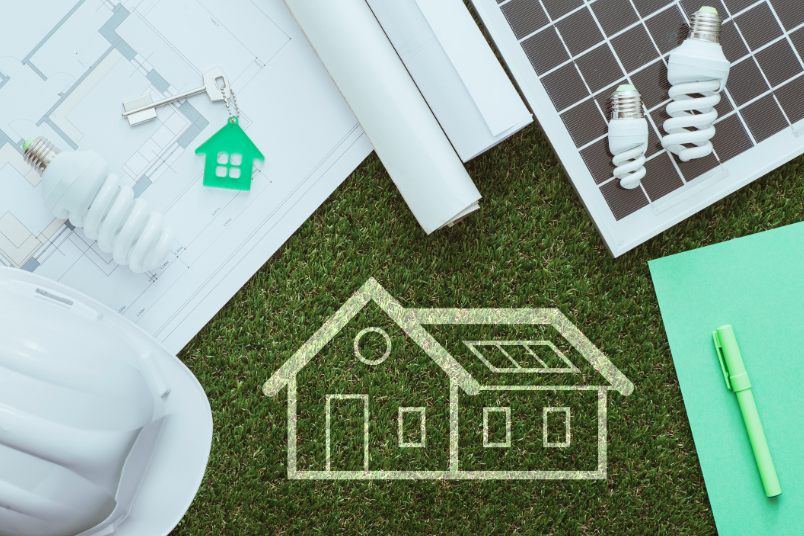Passive House buildings, which are designed to use minimal energy for heating and cooling, are becoming increasingly popular in Australia for their numerous benefits. One of the key advantages of Passive House construction is the improved indoor air quality it provides.
Proper ventilation is essential for maintaining healthy indoor air, and Passive House buildings are designed with this in mind. They use a combination of natural ventilation and mechanical ventilation systems to bring fresh air into the building and remove stale air. This helps to reduce the concentration of indoor pollutants such as dust, mould, and volatile organic compounds, which can have a negative impact on respiratory health.
Passive House buildings also use high-efficiency filters to remove impurities from the incoming air, further improving air quality. Additionally, the building envelope is designed to prevent drafts and leaks, which can contribute to poor indoor air quality.
The improved indoor air quality in Passive House buildings can have a significant impact on the health of occupants. Studies have shown that exposure to poor indoor air quality can lead to a variety of health issues, including respiratory problems, allergies, and headaches. By providing a healthier indoor environment, Passive House buildings can help to reduce the incidence of these issues.
In addition to the health benefits, Passive House buildings also offer a number of other advantages. They are highly energy efficient, which can lead to significant savings on energy costs. They also have a smaller carbon footprint, making them a more sustainable option.
The original concept of the Passive House or ‘passivhaus’ was developed in Germany in the 1990s, and these principles are now being used in buildings throughout the world. In Australia, the Passive House Institute administers a certification scheme that allows a building to be certified as Passive House once it has met certain performance standards.. These standards can be viewed on the Yourhome website.
Overall, Passive House buildings are a great choice for Australia, as they offer improved indoor air quality, reduced heating and cooling costs which are vital with the constant increasing energy prices. With the increasing concern over the health effects of poor indoor air quality, Passive House construction is a smart choice for those looking to build a healthier and more sustainable home.
If you are considering building or renovating and interested to learn more about Passive House design, reach out to our expert team at Vector HRV who can help you navigate this complex journey and help you to achieve your Passive House goals.


